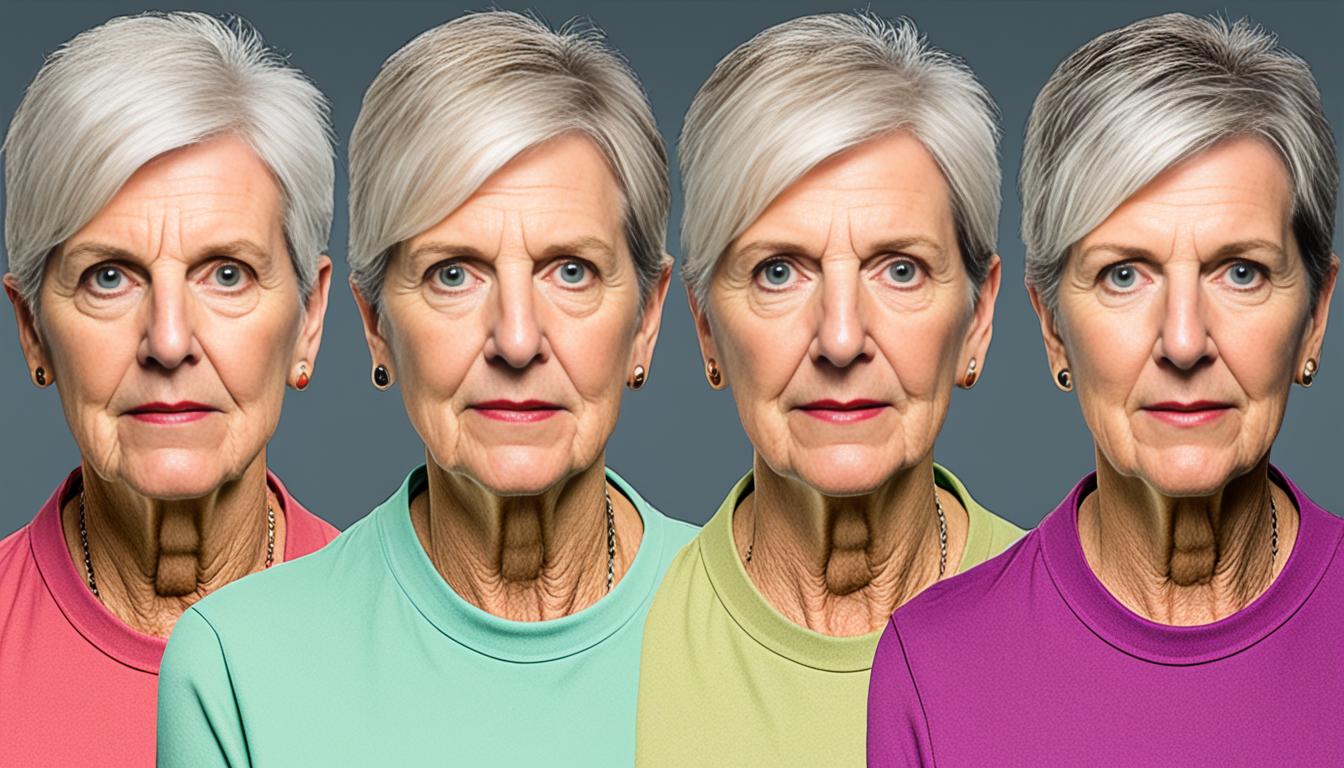Invasive lobular carcinoma, or ILC, is a type of breast cancer. It makes up 10% to 15% of breast cancer cases. It grows and spreads abnormally in the breast lobules. Unlike some cancers, ILC has subtle symptoms, which makes it hard to diagnose.
The cause of ILC is not fully understood. However, hormonal imbalances and genetic changes raise the risk of ILC. To diagnose ILC, doctors use imaging tests like mammography and ultrasounds. They also do a biopsy to confirm the diagnosis.
To treat ILC, options include surgery, radiation, chemo, and hormone therapy. Stem cell therapy has shown promise in studies. It might enhance the outcomes for ILC patients. But, this method is still under research.
Key Takeaways:
- Invasive lobular carcinoma (ILC) accounts for 10-15% of all breast cancer cases.
- ILC has subtle symptoms, making it challenging to diagnose.
- Hormonal imbalances and genetic mutations increase the risk of developing ILC.
- Diagnosis involves imaging tests and biopsies.
- Treatment options include surgery, radiation therapy, chemotherapy, hormone therapy, and potential stem cell therapy.
Incidence and Characteristics of Invasive Lobular Carcinoma
Studies show that invasive lobular carcinoma (ILC) is becoming more common. This type of breast cancer is affecting more women over time, especially older ones. Age is a big factor in getting ILC. Also, taking hormone replacement therapy (HRT) might increase the risk.
ILC has different forms, like pleomorphic and tubulolobular types. Each type has its own traits and outcomes. Women with ILC may respond differently to treatments than those with the more common IDC. This shows the need for treatment plans that are right for each patient.
Trends in Incidence Rates
The number of ILC cases is going up steadily. This rise is concerning for experts and policymakers alike. It’s important to watch these trends carefully to tackle ILC’s growing impact.
Invasive Lobular Carcinoma Variants
Learning about different ILC types helps doctors understand and treat the disease. By identifying various forms, there’s a better chance to plan for different patient outcomes. This knowledge is key in choosing the best treatment.
Changing Incidence Rate and Hormone Replacement Therapy
HRT might raise the risk of getting ILC. More research is needed to understand this link. Doctors should talk to patients about the risks of HRT and look at other treatment options if needed.
Clinical Outcomes in Invasive Lobular Carcinoma
In looking at ILC and IDC, studies show they have different impacts on patients. Recognizing these differences helps in providing personalized care. Doctors should tailor treatments to match the cancer’s unique features.
We need more research on ILC to fully understand it. This includes more studies on its causes, types, the role of HRT, and patient outcomes. This effort will help doctors better manage ILC, benefiting those affected by the disease.
Imaging and Diagnostic Challenges of Invasive Lobular Carcinoma
Invasive lobular carcinoma (ILC) presents unique issues in imaging and diagnosis. It is harder to spot and diagnose than invasive ductal carcinoma on screens. The fine details of ILC on tests are easily missed. This can delay diagnosis and affect treatments.
But, new MRI technology is changing things for the better. It helps see the breast tissue more clearly, spotting worrying spots easier. Still, using MRI as a regular check for ILC is up for debate on cost and usefulness.
Another difficulty is how ILC can spread differently than other cancers. It’s more likely to spread to odd places, like the gut and peritoneum. Knowing this is vital for planning the best treatment.
So, to improve, we need better ways to see and understand ILC. Finding it early and accurately is key. This way, we can treat it with more focus and improve outcomes for patients.

